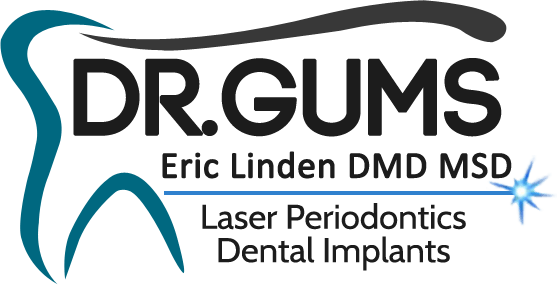CHICAGO—May 11, 2009—Dental implants are frequently used as a replacement for missing teeth in order to restore the patient’s tooth function and appearance. Previous research demonstrates that the placement of a dental implant disrupts the host tissue in the area of the implant, so practitioners often focus their treatment planning to carefully maintain the patient’s bone and gum tissue surrounding the implant. A recent study published in the Journal of Periodontology found that the majority of bone remodeling occurred in the time between the implant placement and final prosthesis placement. Study Abstract*
Subsequently, little mean bone change was observed in the five years following the implant placement, independent of type of restoration or implant length. The study, conducted at the University of Texas Health Science Center at San Antonio, evaluated 596 dental implants placed in 192 patients over the age of 18. Patients were screened for adequate oral hygiene and bone volume. Exclusion criteria included heavy smoking, chewing tobacco use, drug abuse, and untreated periodontal disease, amongst others.
Study author Dr. David Cochran, DDS, PhD, Chair of the Department of Periodontics at the University of Texas Health Science Center at San Antonio, and President of the American Academy of Periodontology (AAP), believes that this study provides additional support for the use of dental implants to replace missing teeth. “As a periodontist, I am committed to saving my patients’ natural dentition whenever possible. However, the results of this study help further indicate that a dental implant is an effective and dependable tooth replacement option. Since the patient’s host tissue surrounding the dental implant largely remains unchanged in the five years following placement, the dental team can now focus on periodic assessment and treatment of other areas in the mouth as needed, and know that the implant is doing its job as a viable substitute solution.”
A referral to a periodontist in your area and free oral health brochure samples including one titled “Dental Implants: Teeth That Look and Feel Just Like Your Own” are available by calling 800-FLOSS-EM or visiting the AAP’s Web site at www.perio.org.
About the AAP
The American Academy of Periodontology (AAP) is the professional organization for periodontists—specialists in the prevention, diagnosis, and treatment of diseases affecting the gums and supporting structures of the teeth, and in the placement of dental implants. Periodontists are also dentistry’s experts in the treatment of oral inflammation. They receive three additional years of specialized training following dental school, and periodontics is one of the nine dental specialties recognized by the American Dental Association. The AAP has 8,000 members worldwide.
For more information, contact the AAP Public Affairs Department at [email protected] or 312/573-3242.

